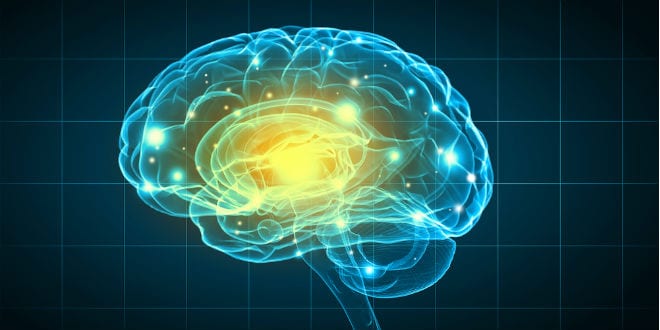Some parents and even physicians regard a mild concussion in children as having no significant consequences. Just rest, and it will heal, they say. Yet a new study at Tel Aviv University (TAU) and two Israeli hospitals have found that a quarter of children taken to the emergency room with a mild head injury suffer from persistent post-concussion syndrome (PPCS) and are mistakenly diagnosed as suffering from attention deficit disorders, sleep disorders, depression, and other problems.
Traumatic brain injury (TBI) is one of the most common reasons for emergency department visits, reported 150 to400 visits per 100,000 children.
The misdiagnosis leads to treatment that is not suited to the problem, thus causing the children prolonged suffering. The consequences of brain damage during childhood continue throughout life and may prevent the child from realizing their potential in education and social life, said the team.
The research was led by Prof. Shai Efrati of TAU’s Sagol Center for Hyperbaric Medicine and Research and the Shamir Medical Center (Assaf Harofeh) in Tzrifin; Prof. Eran Kotzer, also of the Shamir Medical Center; and Dr. Uri Bella and Dr. Eli Fried of Kaplan Medical Center in Rehovot; The results of the study were published in the journal Scientific Reports under the title “Persistent post-concussive syndrome in children after mild traumatic brain injury is prevalent and vastly underdiagnosed.”
“The objective of our study was to determine how many children in Israel suffer from PPCS,” said Fried. “The children participating in the study arrived at the emergency room with mild head trauma. After staying overnight for observation or being sent for a head CT scan, they were discharged to go home.”
Efrati added that PPCS is a chronic syndrome that results from microscopic damage to the small blood vessels and nerves that may appear several months after the head injury. As a result, it is often misdiagnosed.
There are cases where children report headaches and are diagnosed as suffering from migraines or, for example, children who report difficulty concentrating and the doctor prescribes Ritalin. Unfortunately, these children continue to suffer for many years from various disorders. Instead of treating the real problem, which is the syndrome, they receive treatments that usually do not solve the problem, Efrati continued.
The study examined 200 youngsters aged eight to 15 who suffered from a head injury and were released from a hospital emergency room after the need for medical intervention was ruled out. The researchers tracked the subjects for six months and three years from their discharge date and found that about one in four children released from the emergency room suffered from the chronic syndrome.
“It should be understood that the consequences of brain injury during childhood continue throughout life,” declared Bella, head of the pediatric emergency room at Kaplan. “Loss of any brain function will prevent the child from realizing his or her potential in education and social life.”
Unlike damage to large arteries and noticeable damage to brain tissue, a minor head injury can damage the small blood vessels and neurons that are not detected on CT scans of the head or regular MRIs. Diagnosis of the syndrome requires long-term monitoring of the manifestation of symptoms and the use of imaging and functional tests of the brain. According to the researchers, the alarming findings demonstrate that changes in the approach are needed to monitor and treat these children.
“The purpose of an emergency-room diagnosis is to determine whether the child suffers from a severe brain injury that requires immediate medical intervention,” added Kotzer, who runs the emergency rooms at Shamir. “Unfortunately, the way most medical systems operate today, we miss long-term effects and do not continue to monitor those children who leave the emergency room without visible motor impairment.”
“Treatment for a wide range of disorders will change if we know that the cause of the new problem is a brain injury,” concluded Efrati. “Proper diagnosis of the cause is the first and most important step in providing appropriate treatment for the problem.”
The shortcode is missing a valid Donation Form ID attribute.




